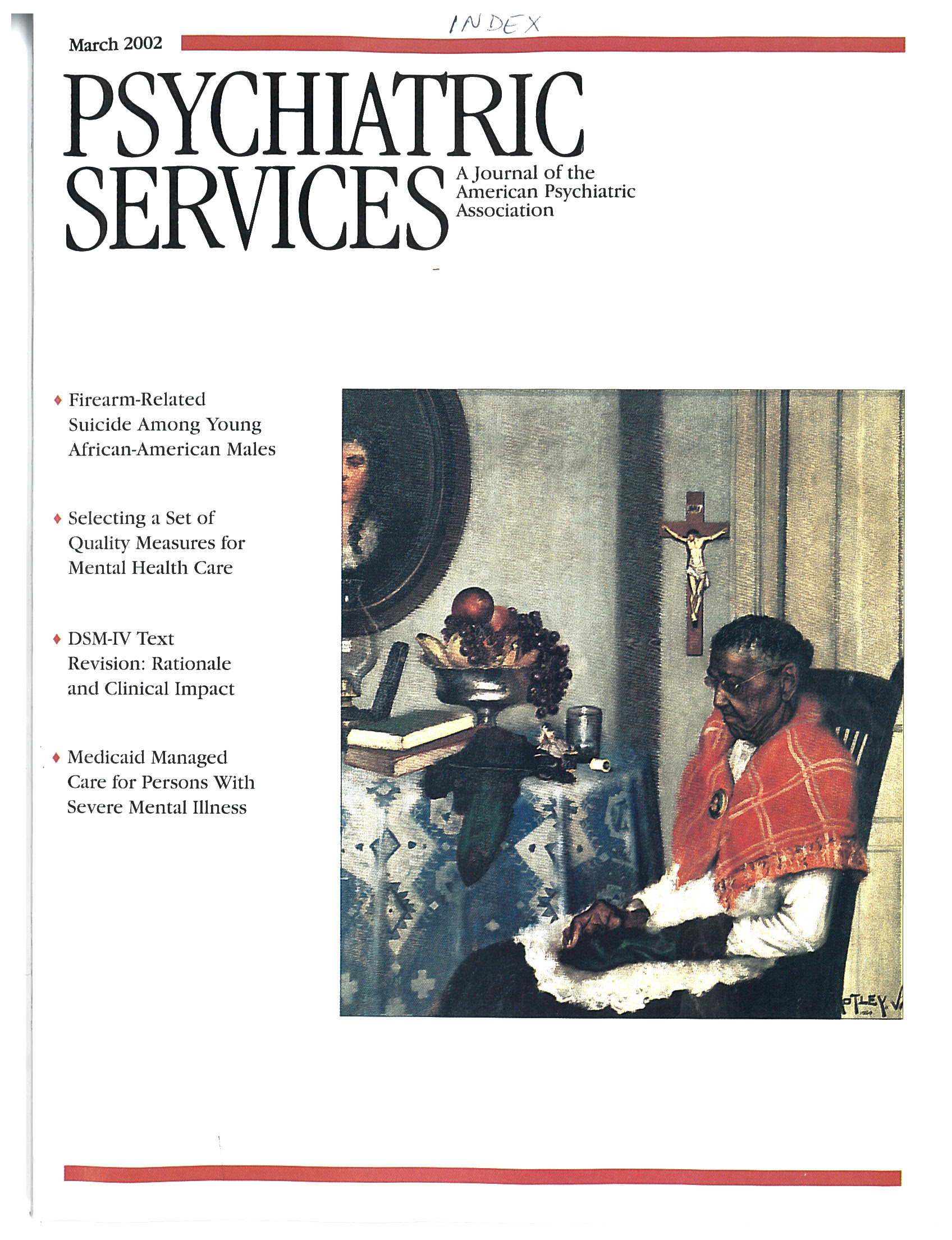What happens when full-risk capitated approaches are used with persons who have severe and persistent mental illness and who are treated in the public sector? After 150 years of state-supported care and 30 years after deinstitutionalization from state hospitals, the care of public-sector patients with long-term mental illness, funded mostly through Medicaid, is managed in many states through for-profit behavioral health care carve-outs. Costs are contained by limiting inpatient and outpatient care to the services deemed the most medically necessary. This approach represents rationing based on utilization review. And when the clinician or the clinic is put at financial risk through capitation, the cause for concern for our most vulnerable patient populations is magnified.
Managed care, of course, is not the first effort to save money at the expense of the care and treatment of patients who have chronic psychiatric illness. In the 19th century large state institutions tried to spend as little per patient per day as was humanly feasible. In the 20th century we witnessed the wholesale dumping of these patients into unprepared communities and the resulting public health crisis of the incarcerated mentally ill and the homeless. Today there are many concerns about the impact of managed care on this very same population.
In this issue of Psychiatric Services, two articles provide data to justify these concerns. Morrissey and his colleagues and Boothroyd and his coauthors found that enrollees in plans in which services were covered under capitation used significantly fewer services than enrollees in no-risk programs. In the study by Morrissey and associates, patients in the at-risk program had significantly poorer outcomes. Although case management, financed separately, was provided more abundantly in the at-risk program, outcomes measured at six months clearly showed that this funding arrangement did not substitute for access to treatment. Patients in the study by Boothroyd and his colleagues who were enrolled in the at-risk program were also significantly less satisfied with services.
Patients and families, mental health advocates, psychiatrists and other clinicians, and public health administrators must be especially vigilant in the rationing of access to care for people with serious and persistent mental disorders. When clinicians are put at risk, they face an ethically slippery slope in today's cost-conscious medical marketplace. It is not surprising that such rationing leads to poor outcomes. But cost-containment efforts should be made explicitly through our democratic process, not implicitly through private managed care contracting that shifts too much risk to clinicians as they try to deliver high-quality care to all in need while ensuring their own economic survival.

